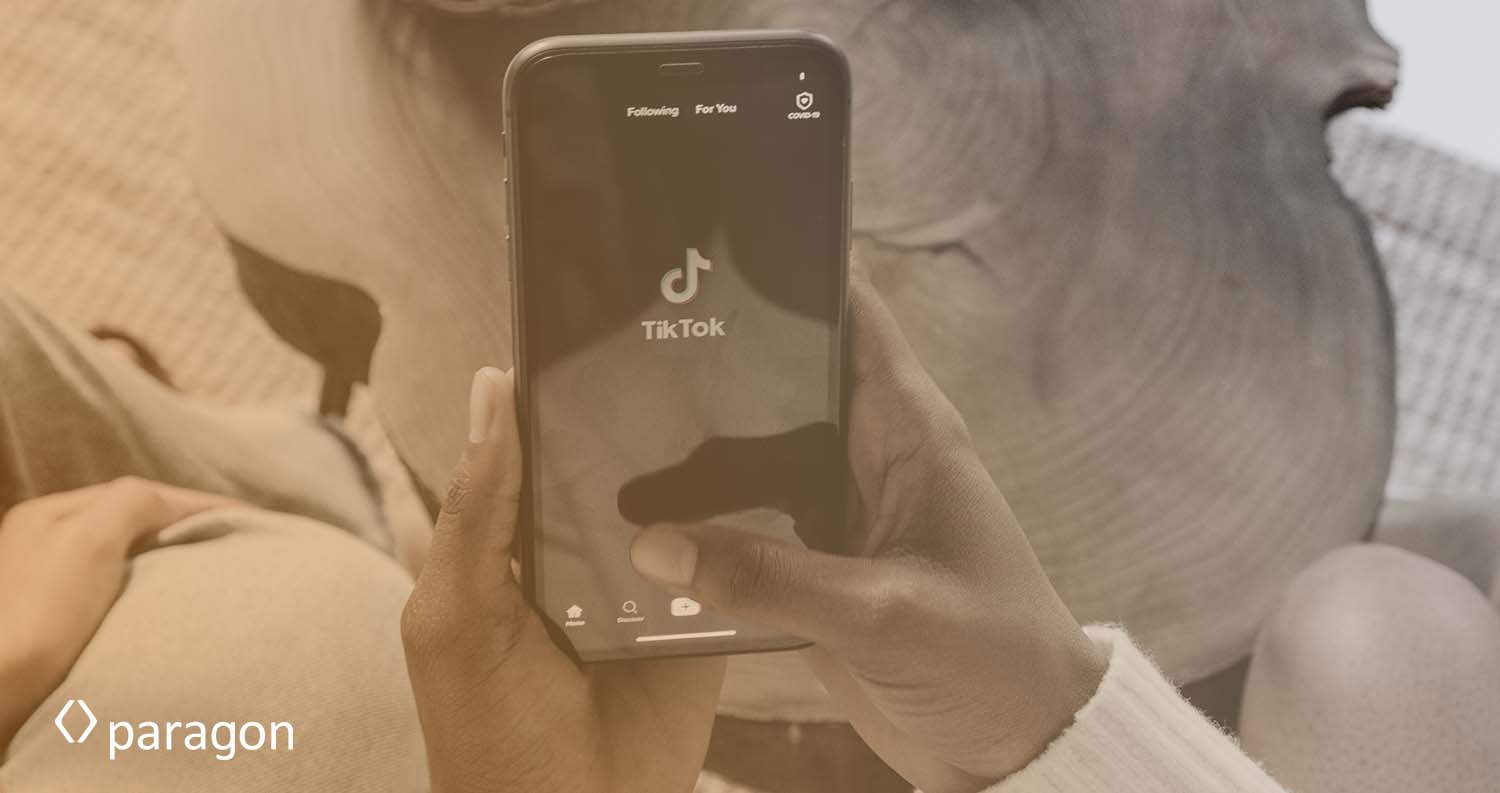How Gen Z is Changing Journalism
As a new generation enters the workforce, it’s only natural for them to cause a stir – however, it’s clear to many that Gen Z is not just stirring, but shaking, the entire foundation. As society has adjusted to make room for them, a chain reaction of change has taken place. Journalism is not exempt from this, and reporters have had to change along with the rest.
Who is Gen Z?
Generation Z, typically referred to as Gen Z, consists of those who were born after 1996. According to Pew Research Center, a chronological endpoint for this demographic is yet to be determined – although some estimate it will land between 2012 and 2014. Gen Z is unique because they are the first generation to have grown up with the internet entirely at their fingertips.
Often described as bold and authentic, they’re not afraid to be themselves or say what they’re really thinking. Instead of attempting to fit into the pre-existing culture around them, Gen Z is forcing culture to adapt to them. This has become evident in the shifts that journalists have had to make in order to reach and maintain this younger audience.
Their Media Habits
Growing up in a post-information age world, Gen Z has naturally become large consumers of media. They’ve created daily, digital habits when it comes to where they get their news. Instagram, Twitter, YouTube, and even TikTok are no longer simply social media platforms; they’re an outlet where Gen Z consumes traditional news. A recent survey from Statista shows that 50% of Gen Z-ers get their news from social media on a daily basis.
The key here is, they want information and they want it fast – deliver the news in 10-second Snapchats, or 30-second TikToks; otherwise, they’ll move on to the next thing. Gen Z is able to deduce within the first few seconds of viewing if something will pique their interest or not. That is when they decide to stay and interact or whether they will keep scrolling.
How this Affects Journalism
Within the last few years, Gen Z’s media habits and preferences have affected how journalists and news organizations operate. They’ve had to come up with new strategies in order to successfully connect with this audience. For one, videos are a critical way to catch Gen Z’s attention. In our fast-paced world, a lengthy, written article (such as this one) may not be the best way to appeal to this audience. A captivating visual element they can interact with will likely yield the best results.
For instance, Digiday reported that The Washington Post is one publication that has successfully utilized video journalism to connect with Gen Z by creating a series on TikTok during the pandemic. These minute-long videos combine relevant news with comedy and are relayed in a personable way as opposed to a formal retelling of what’s happened. These TikToks have gained a lot of traction for The Post, with their account now surpassing 1 million followers.
Group Nine is another company with success in this sector – creating original content in bite-sized form across the board to appease Gen Z’s desire for rapid, easy-to-access information.
Another way Gen Z is transforming journalism is not just in the way they consume media but in what they think of it. They’re notorious for being critical and expect transparency from companies and accuracy when it comes to reporting. They want to support those with similar values as them. Entertainment companies, celebrities, retail brands and news organizations have all fallen victim to the online critics and trolls that are Gen Z.
Being one of the most educated generations of our time, with 57% of Gen Z being enrolled in college during 2018 according to Pew, it makes sense that they would favor accuracy in reporting. Guesses, assumptions, glossing over the truth, or avoiding a major point will only cause an outpour of criticism from the younger audience. With the increase of fake news and misinformation, this generation has learned that being critical of what they read is an important skill to foster.
Lastly, another thing that’s shifting under the influence of Gen Z, is brand loyalty to relevancy. Instead of focusing on getting Gen Z to consistently read their articles, subscribe to their newsletter, or be loyal to their brand, more companies have been finding ways to remain relevant on their news feed. By creating content that is relevant to their lives, brands have found a way to gain Gen Z’s trust over time.
This is the approach that The Post has taken, “With our focus on reader revenue at the bottom of the funnel, loyalty is incredibly important to us. But in order to get to a place of loyalty, it starts with a relationship at the top of the funnel…A lot of what we’re doing is exposing people to The Washington Post [and] getting them to start to develop that affinity to trust in our brand.”
What’s next?
A lot of change was forced onto the world in the last few years during the pandemic. Similarly, we are seeing a lot of change placed onto society as Gen Z grows into their own. Journalists need to embrace this change and adapt their strategy, or be left in the dust. Gen Z has made an impact on journalism, the workforce, and society as a whole, that is arguably louder than the impact Millennials had. This means, these changes are here to stay, and will likely continue to evolve as time goes on.
Get in touch for guidance on how to keep up with Gen Z and stay ahead of this curve.



